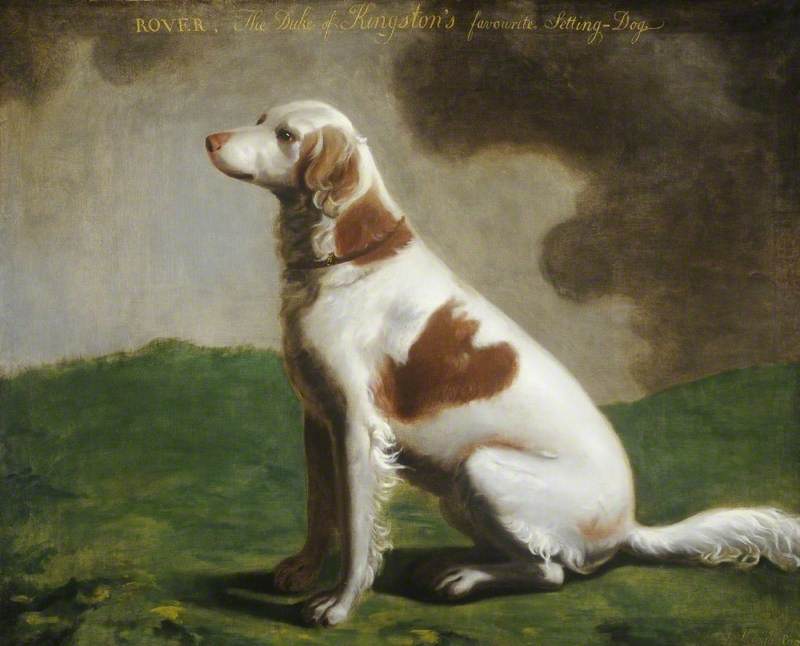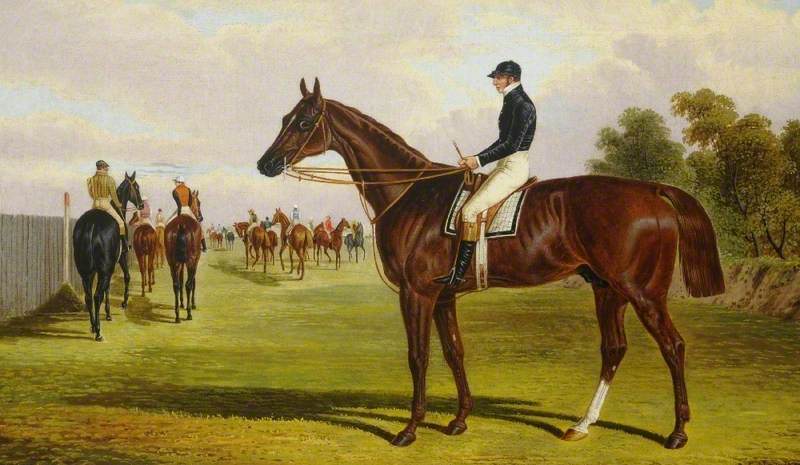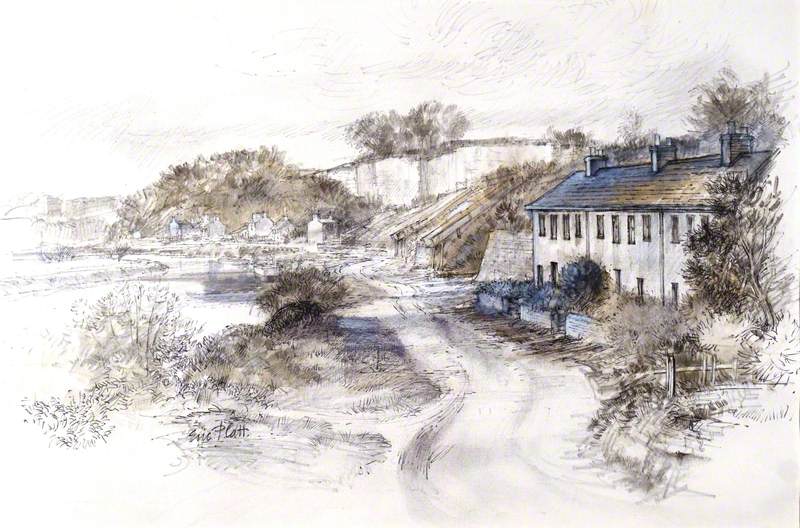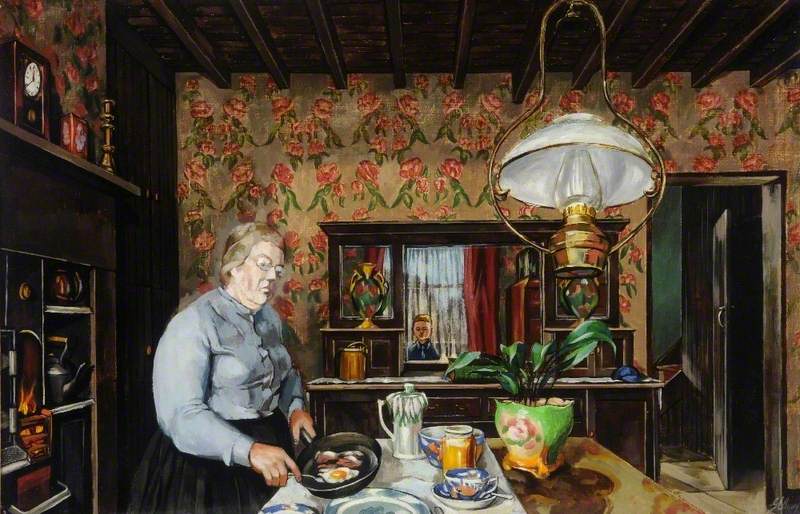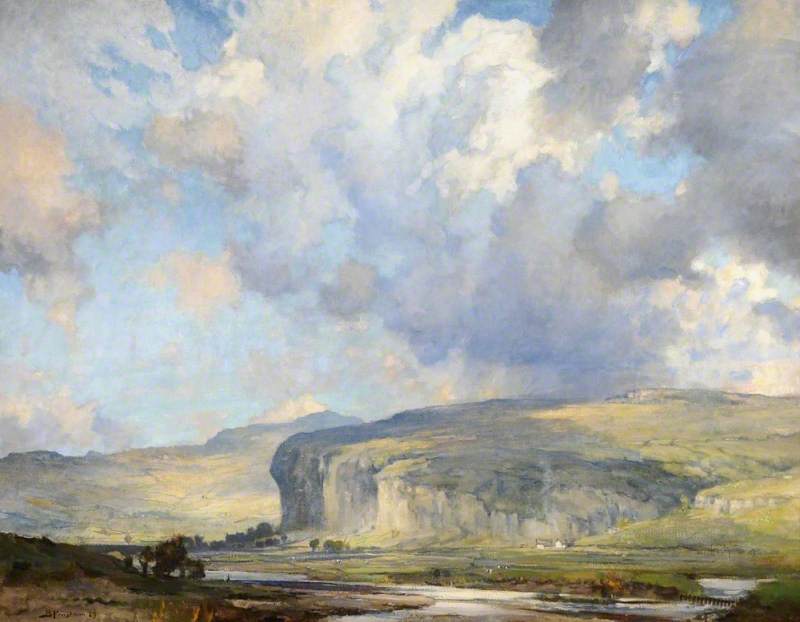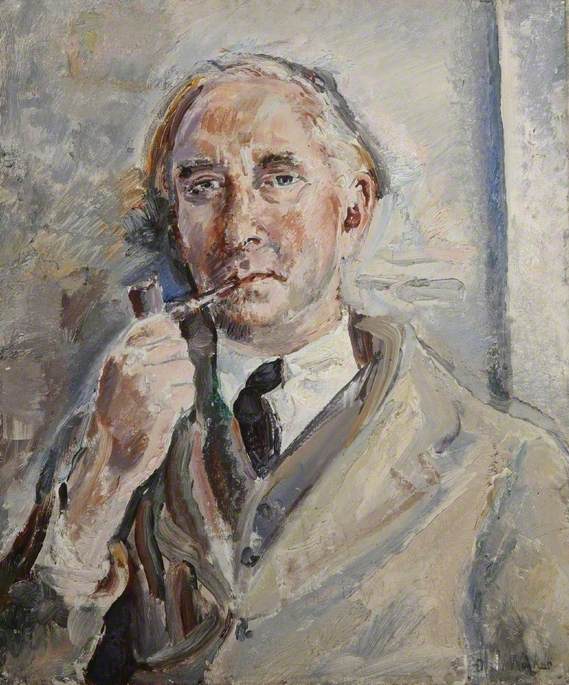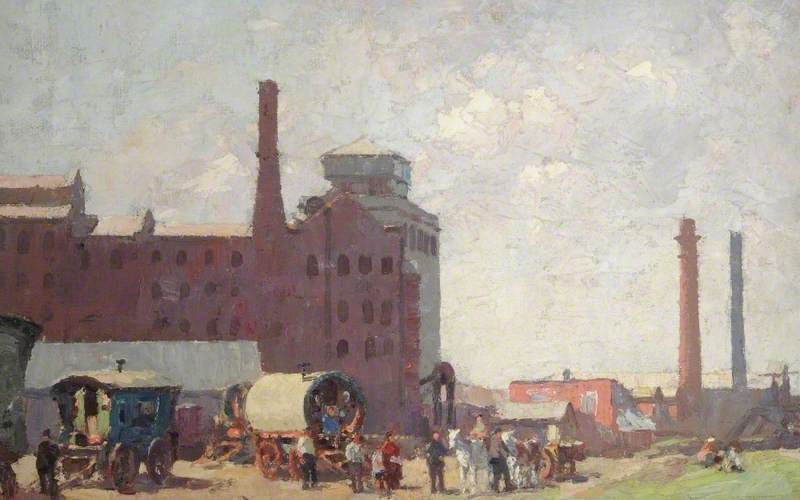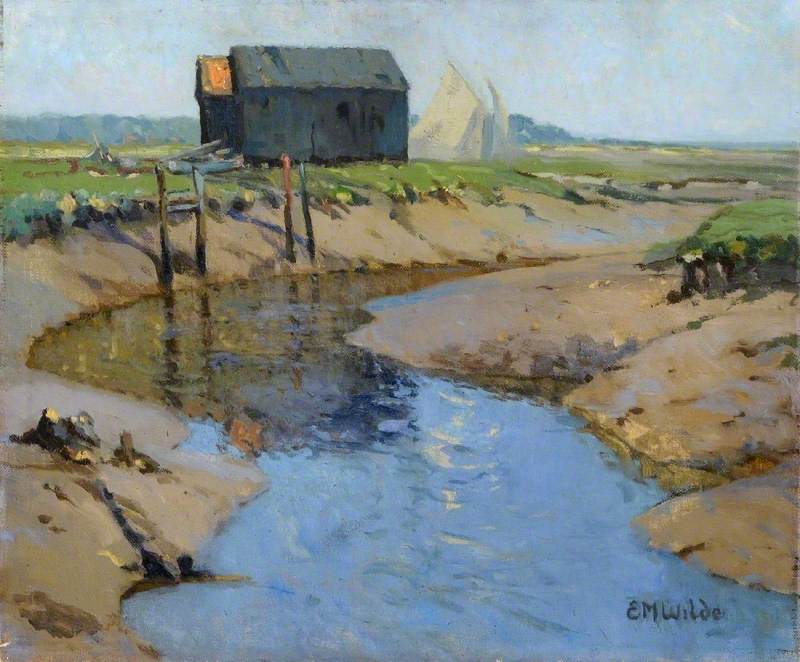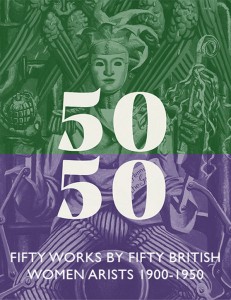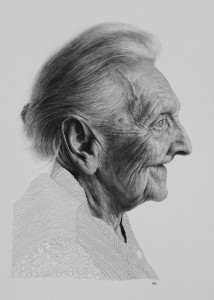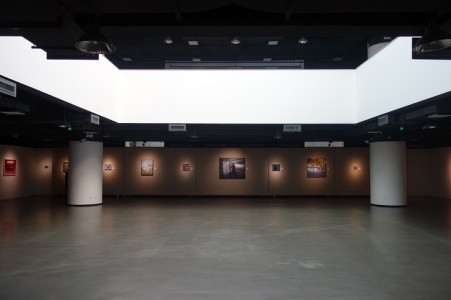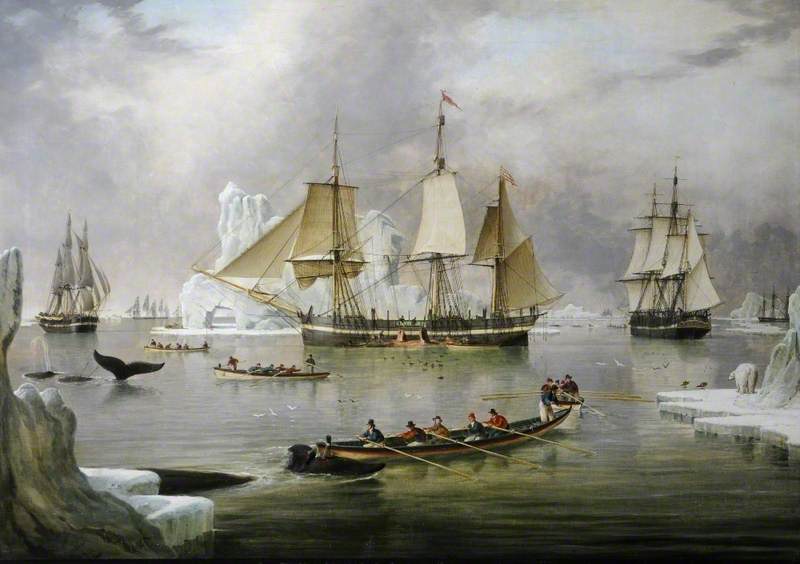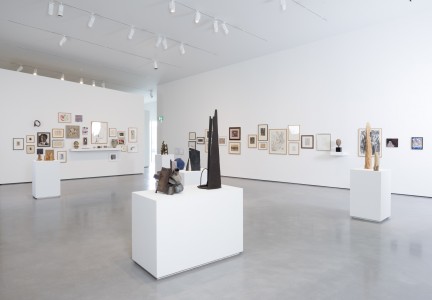What connects J. F. Herring’s portrait of 'Mundig', the winner of the 1835 St Leger, a dog called Rover, and a collection of pottery made in Mexborough during the nineteenth century? You can find out in a new exhibition at Doncaster Museum and Art Gallery.
'Connections' takes as its starting point the first work to enter the art collection at Doncaster, Sir Frank Lockwood’s A Moment of Triumph. Through a series of links, some obvious, some surprising, and some downright stupid, the exhibition makes connections between around 70 artworks in the collection at Doncaster, eventually coming full circle back to the beginning.
Sir Frank Lockwood (1846–1897), the artist who created the first artwork in the exhibition, was a lawyer and Liberal MP for York from 1885 to 1897. In his spare time, he also drew political cartoons, and it is his cartoon of the Tichborne Case, a Victorian cause célèbre, that is included in the exhibition.
Lockwood was born locally, the son of Charles Day Lockwood, who was a stone quarrier at Levitt Hagg, near Doncaster. Levitt Hagg provides the subject of the next work in the exhibition, in a watercolour by Eric Platt.
Platt was head of Doncaster School of Art for many years, and it is this fact that connects to the next painting in the exhibition, an image of Victorian life by George Edward Brumfitt.
Brumfitt was also head of the Art School in Doncaster, and the work is among a group of similarly themed paintings by him in the collection at Doncaster, which although currently in storage can be viewed on the Art UK website.
Among other highlights of the exhibition is Bertram Priestman’s powerful painting of Kilnsey Crag, seen beneath a heavy sky.
The picture was purchased by Doncaster Museum Service in 1930 after lengthy negotiations with the artist, which are recorded in the Museum’s history files. Suffice it to say that the artist was not too happy with the price that he was paid for the picture!
Priestman died in 1951, the same year as Ethel Walker, who is represented in the display by her fluently handled image of an unknown man smoking a pipe.
There are also some surprising works on display, including Elizabeth Styring Nutt’s painting The 'Derelict', High Tide, Whitby, which has rarely been displayed since it entered the Museum’s collection in 1941.
Styring Nutt was a fascinating character. Born on the Isle of Man in 1870, she spent her early years in Sheffield, where she attended the Sheffield School of Art. After leaving Sheffield she completed her studies at the Newlyn School of Art.
The 'Derelict', High Tide, Whitby, North Yorkshire
Elizabeth Styring Nutt (1854–1940) 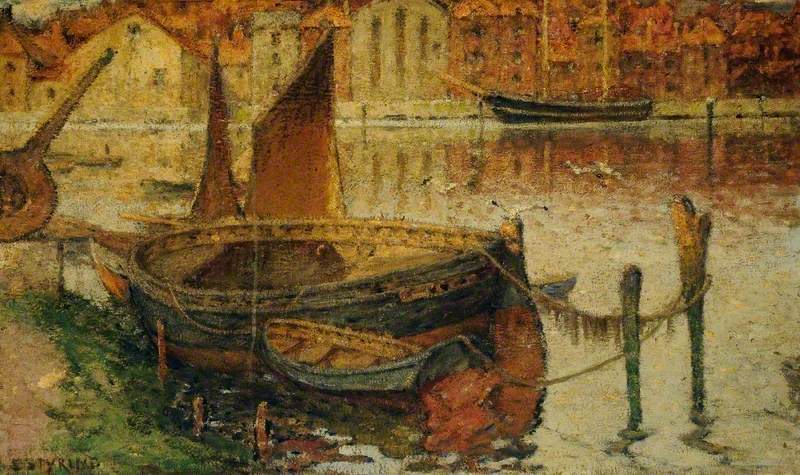
In 1919 she accepted the position of Principal at the Victoria School of Art and Design in Nova Scotia, remaining there until 1943. Her painting is a good example of the sometimes quite random nature of the art collection cared for by Heritage Doncaster, which has grown over the past 100 years through a mixture of purchases, donations and bequests, and now numbers around 2,000 artworks.
It is Nutt’s time in Nova Scotia that connects her to the next work in the exhibition, Gyrth Russell’s impressionistic image of a gypsy camp in Doncaster, as Russell was born in Nova Scotia.
The picture was painted during the Second World War, when the artist was living in Doncaster and teaching at the local art school. The background to the composition is dominated by the towering structure of Hanley’s Flower Mill, an area of the town that the artist would have known well, as it is just around the corner from Doncaster Art School.
The penultimate work in the exhibition is Miss Elizabeth M. Wilde’s restful image Low Tide, which probably shows the coastline in Norfolk or Suffolk. The painting is among the earliest in the museum’s collection, and was painted in 1912, the same year as the work by Frank Lockwood with which the exhibition begins.
So if you want to get connected to some great art, visit Doncaster Museum and Art Gallery!
Neil McGregor, Assistant Manager (Art, Exhibitions and Outreach), Doncaster Museum and Art Gallery
'Connections' is on display at Doncaster Museum and Art Gallery from 12th January to 7th April 2019
